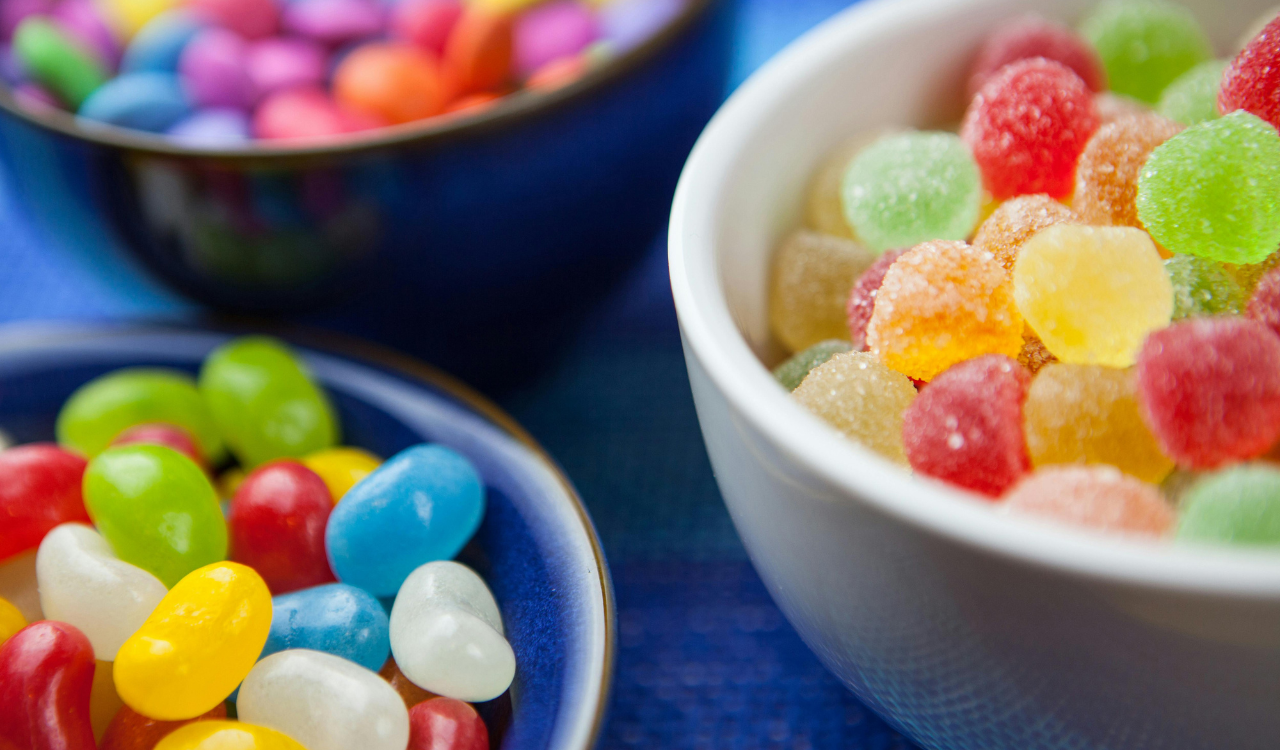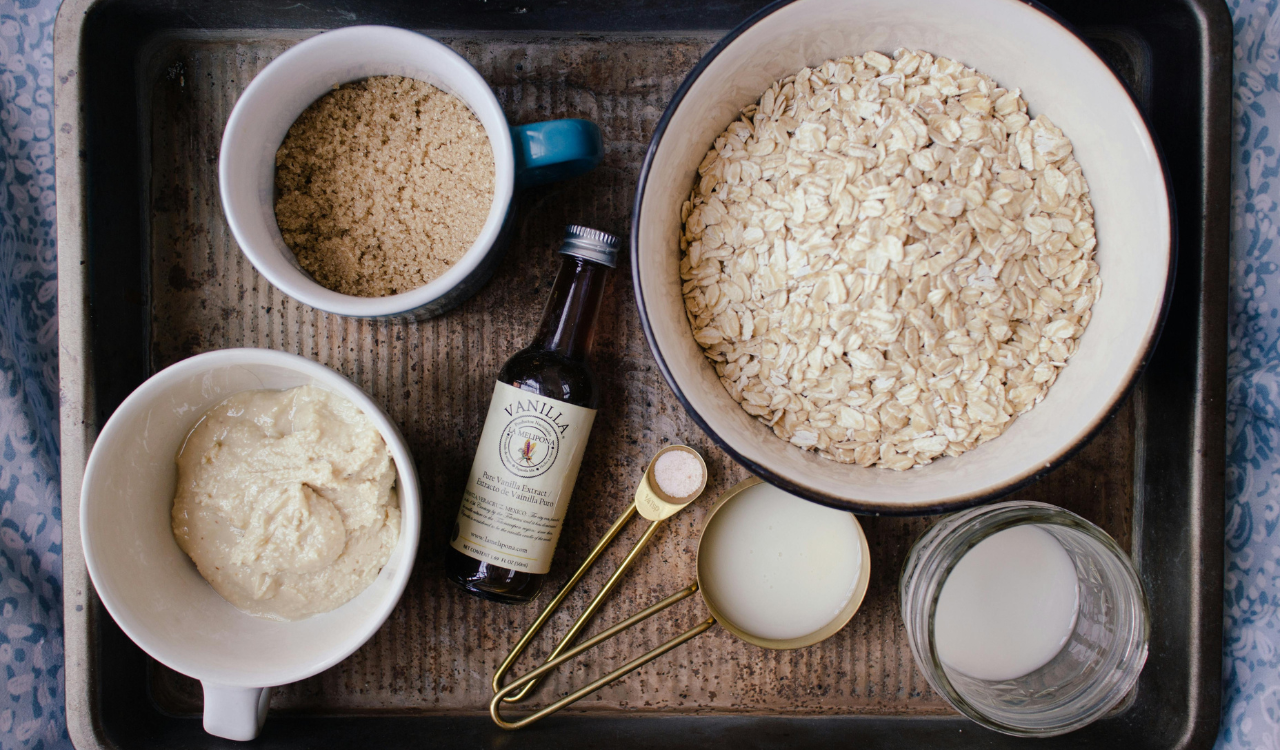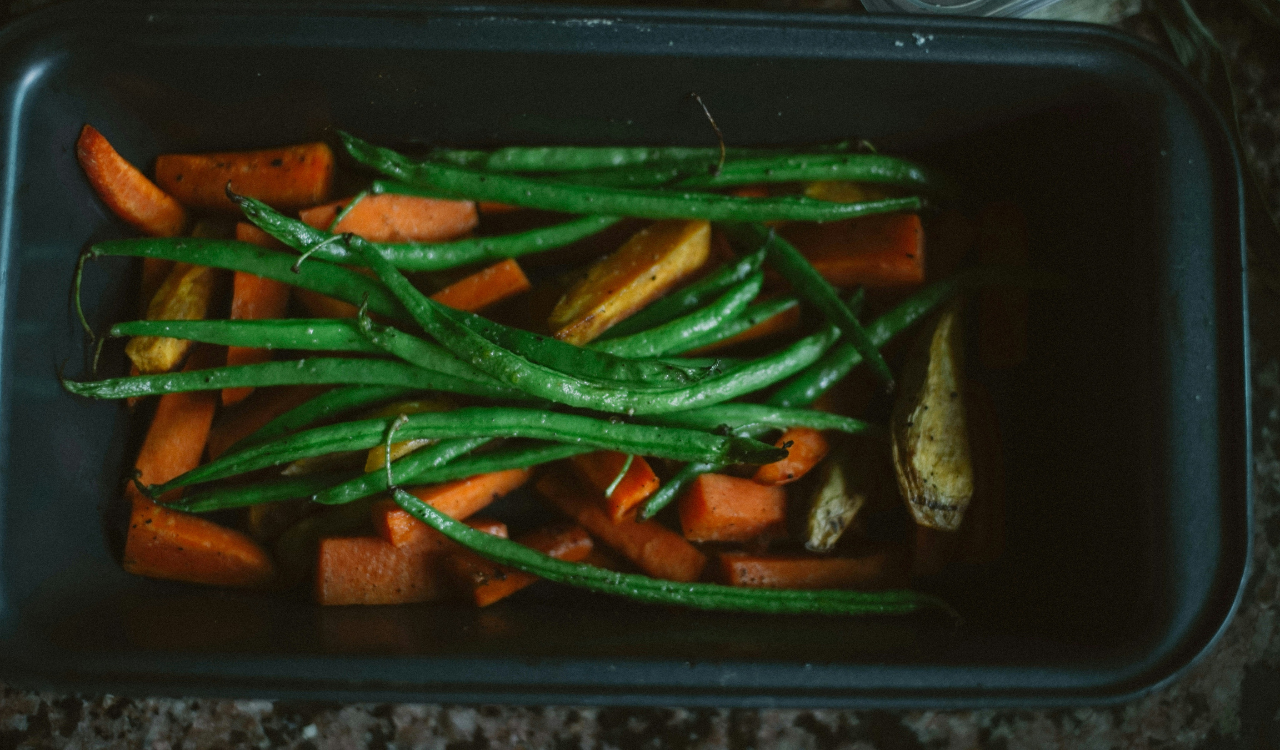As a Chef: 6 Steakhouse Dishes Worth Ordering and 4 That Disappoint

Every chef has a few go-to orders when dining out, especially at steakhouses. The best dishes reveal technique, restraint, and respect for good ingredients, while others expose shortcuts and misplaced ambition. A well-seared filet or a perfectly balanced Caesar shows care and timing. On the other hand, certain items simply don’t belong in a steakhouse kitchen, no matter how polished the dining room looks. Here’s a chef’s honest look at which dishes earn your money and which ones you should skip without hesitation.
1. Filet mignon
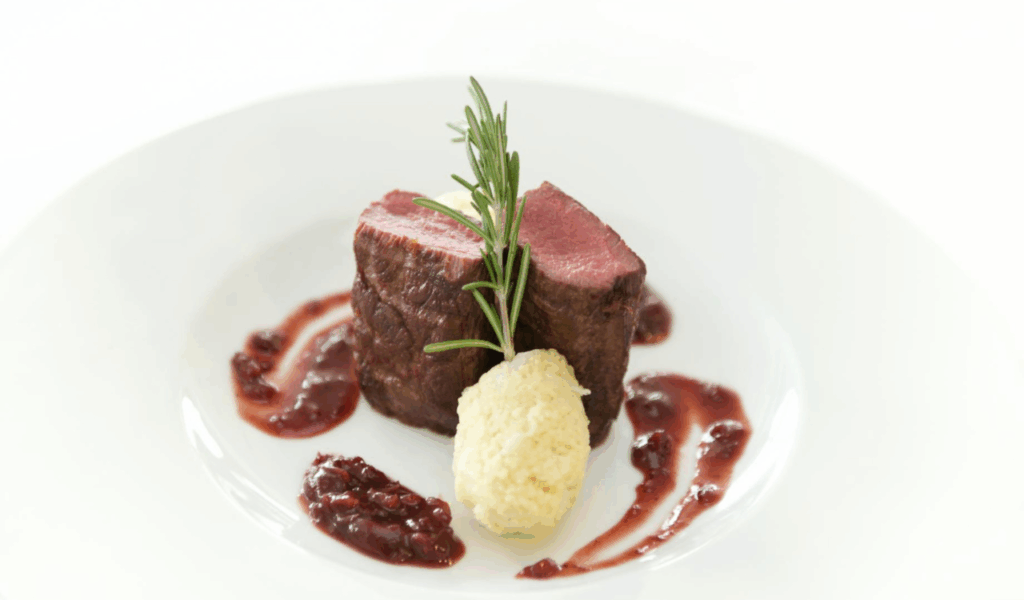
There’s a reason filet mignon is the dish people order when they want the steakhouse to show off technical skill. The cut itself is naturally tender and mild, so what separates a good version from a great one is precise seasoning, correct doneness, and confident finishing. Look for a sear that creates a thin caramelized crust without overcooking the center, and let the steak rest so the juices redistribute. A small pat of compound butter or a light pan sauce can add complexity, but it should never cover the meat. When executed properly, a filet reads clean and refined: pure beef texture and restrained flavor that highlights technique over gimmick.
2. Fresh oysters on the half shell
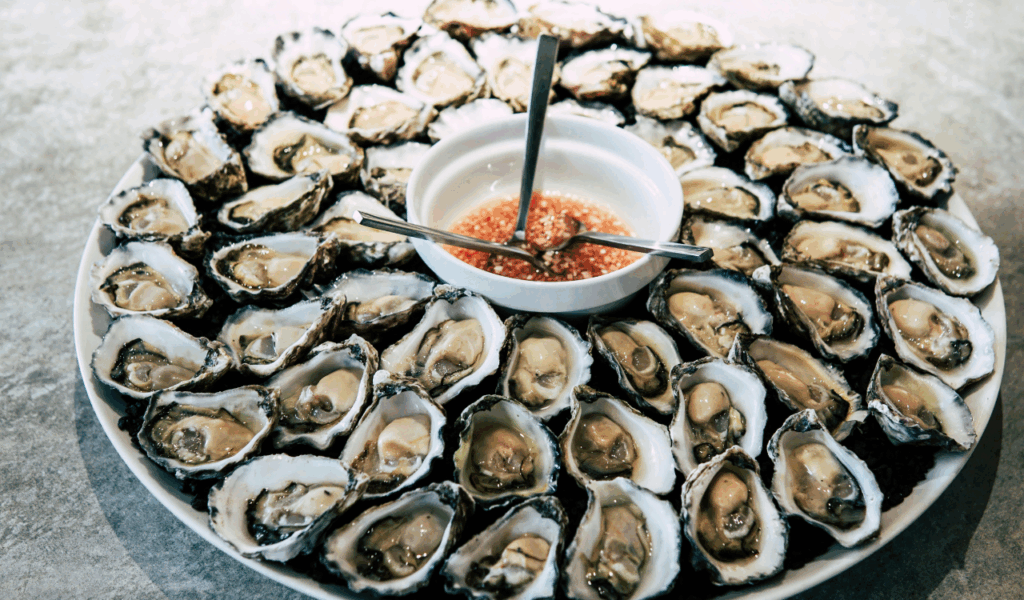
Oysters are a reliable litmus test for a steakhouse that understands sourcing and timing. Served on ice with minimal accoutrements, they should taste briny and lively, not dull or overly metallic. The shell presentation should be clean and chilled, and the flesh should be plump with a clear, oceanic aroma. Condiments are simple: a mignonette, a squeeze of lemon, and maybe a horseradish or cocktail sauce on the side. When oysters are fresh and handled correctly, they provide a bright counterpoint to rich steaks and show that the kitchen values peak ingredients and proper storage.
3. Classic Caesar salad

A Caesar salad is deceptively telling because it exposes shortcuts. A well-made Caesar has crisp lettuce, a balanced anchovy-forward dressing with tang and umami, fresh cheese ribbons, and properly toasted croutons. The dressing should cling to the leaves, not pool at the bottom, and the anchovy should fortify the flavor without making the salad fishy. Chefs often use the Caesar to test mise en place: if the bread for croutons is stale or the dressing sits too long, the whole dish falls apart. A thoughtfully prepared Caesar is bright, textural, and a complementary starter that primes the palate for richer mains.
4. Seasoned steakhouse fries

Don’t underestimate fries; they are the simplest dish to get wrong and the easiest to remember when done right. Steakhouse fries should be crisp on the outside, tender inside, and seasoned so the salt and any herbs or garlic amplify rather than hide the potato. The oil should be fresh and the cut consistent; double frying or correct oil temperature are common techniques that transform the result. Fries served alongside a steak act as a counterpoint: they absorb meat juices and offer a satisfying crunch. A plate of good fries tells you the kitchen cares about foundational technique.
5. Well-prepared crab cakes

Crab cakes are judged by three things: crab-to-filler ratio, seasoning balance, and texture. The ideal cake is mostly lump crab, barely bound, so the sweetness of the shellfish remains front and center, with breadcrumbs only as a gentle structural note. Browning should be even, creating a caramelized exterior while preserving a tender interior. Sauces should complement, think bright citrus or a restrained aioli, not mask. When a steakhouse gets crab cakes right, it demonstrates respect for product and restraint in seasoning, which signals competence across the menu.
6. Rich chocolate lava cake or a quality dessert finish
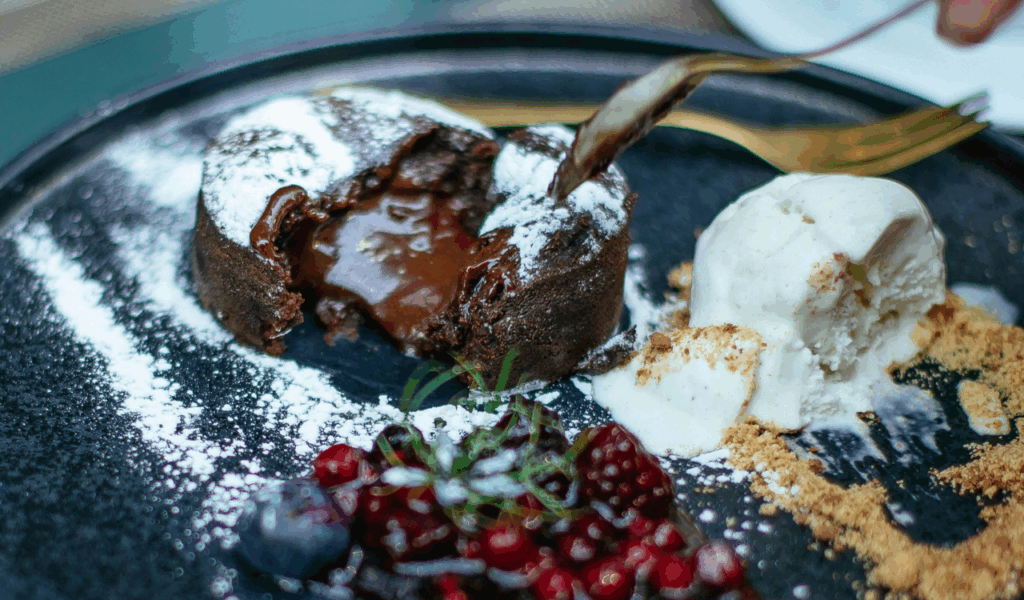
A dessert that closes the meal well is part of the experience, and a properly made molten chocolate cake fits that role when the center truly flows and the chocolate isn’t overly sweet. Texture balance matters: an exterior with a slight crust, an inner liquid core, and temperatures that allow aroma to bloom without scalding the palate. Portion size should be reasonable so the dessert feels like a satisfying capstone rather than a sugar overload. Good desserts in steakhouses show attention to heat control and timing, the same skills that protect a rare steak from overcooking.
4 Dishes likely to disappoint
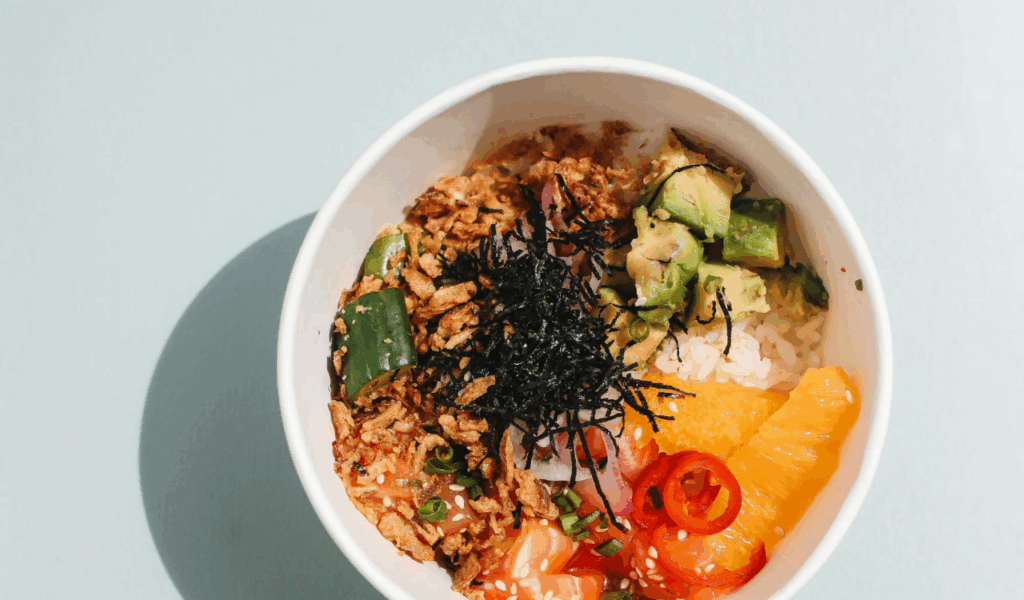
Steakhouses are specialists, but some menu items stretch that focus until execution falters. The following dishes commonly disappoint because they rely on techniques, sourcing, or time investments that many steakhouses deprioritize. They often sit on menus for the sake of variety rather than mastery. When you order these, you’re testing a kitchen on territory that may not align with its strengths. That doesn’t mean they’re always bad, but they’re worth evaluating critically and ordering only when the restaurant shows signs of genuine competence in that area.
1. Clam chowder
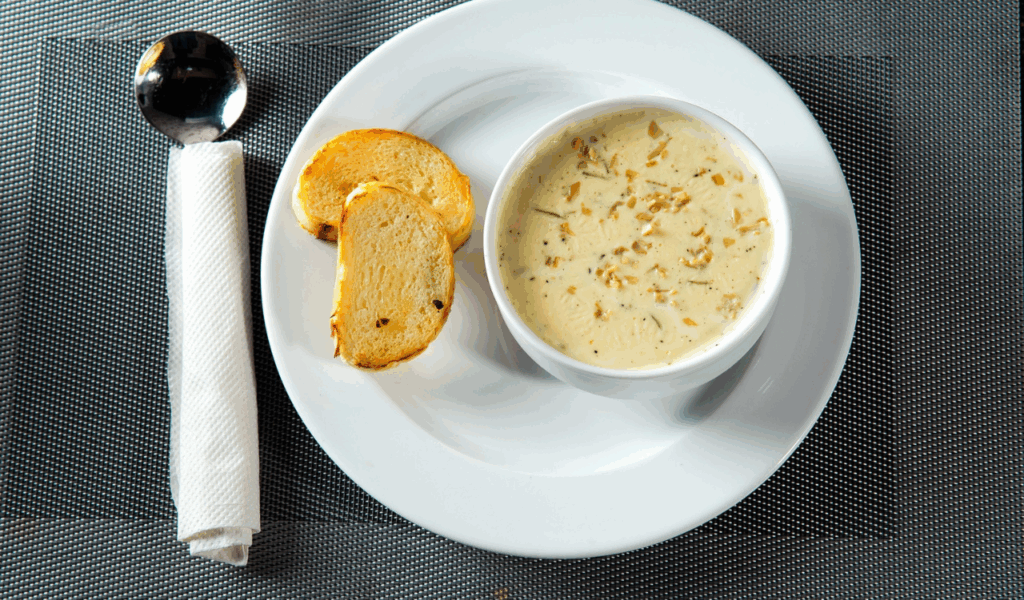
Clam chowder can be comforting when made carefully, but at many steakhouses, it turns into a blunt, overly heavy soup that masks poor clams or low-quality stock. The best chowders rely on a clean, briny clam base, restrained cream, and intact clam pieces that provide texture and flavor. Too often,n the soup is overly thickened or lacks fresh clam presence, reducing it to a starchy, one-note bowl. If a steakhouse sources fresh clams and demonstrates a light, bright chowder in a tasting menu or special, it’s worth trying, but otherwise it’s a common spot where corners are cut.
2. Tuna or non-steak seafood mains at a steakhouse
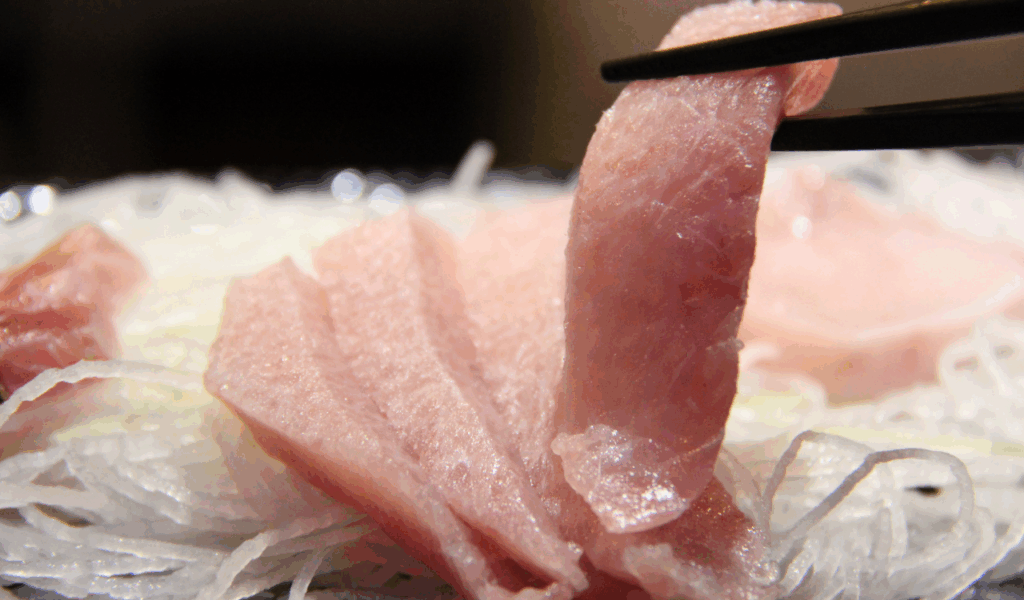
Ordering a tuna steak or other non-steak seafood main tests a steakhouse on sourcing and specialized cooking methods that many of them do not prioritize. Seafood requires immediate, careful handling and different heat profiles than beef. Tuna, for example, benefits from high-heat searing at a very specific thickness to achieve a rare center without drying. When kitchens focus primarily on steaks, seafood mains often suffer from inconsistent doneness, old product, or inappropriate sauces that don’t complement the fish. If you want fish, choose restaurants known for a dual focus on fish and meat.
3. Wedge salad
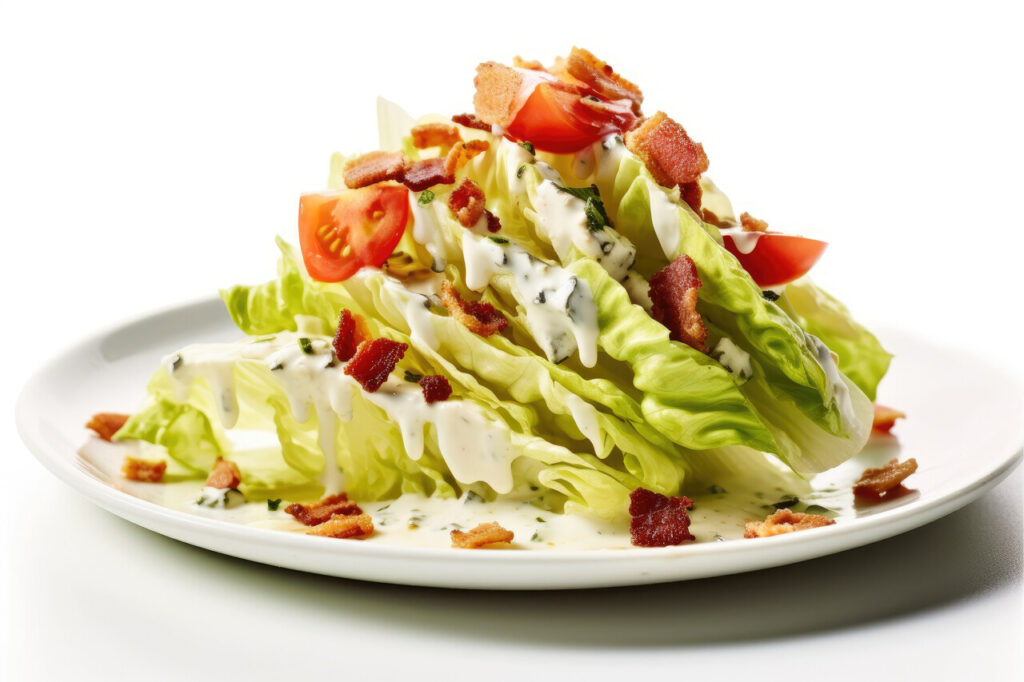
The wedge salad feels iconic, but in practice, it frequently shows sloppy execution. A wedge is only as good as the lettuce, dense, crisp iceberg kept very cold, and the dressing, which should be punchy yet balanced. At many steakhouses, the lettuce is wilted, the bacon undercooked or soggy, and the blue cheese dressing overwhelming or gloppy. Because the dish is visually striking, it’s easy for kitchens to hide small mistakes, but the result can be a bland, watery wedge that betrays a lack of attention to fresh produce and timing.
4. Chicken breast entrée in a steakhouse context

Ordering chicken at a steakhouse is often a gamble because the house is designed around beef-centric equipment, timing, and ingredient sourcing. A perfect chicken requires steady heat control and often benefits from brining or sous vide, followed by a careful sear, techniques that not every steakhouse applies consistently. The danger is an overcooked, dry breast or a bird treated as a throwaway protein that fails to receive the same care as steaks. If you want poultry, look for explicit care signals on the menu, such as brining, specified farm sources, or cooking methods that indicate attention to poultry specifically.
